The factory press car; ex-Earl Howe 1938 Lagonda V12 'LE MANS REPLICA' Two-Seater Registration no. NPJ 680 Chassis no. SS 19221 * Pre-production prototype * Factory press car * '100-miles-in-the-hour' national record holder (1938) * Known ownership history * Present family ownership since 1989 Fußnoten 'In making an evaluation of the better British cars, the Lagonda V12 certainly must be considered an excellent design and one that contributed to raising the state of the art - not forgetting, of course, that it probably should be considered W O Bentley's masterpiece.' - Road & Track, October 1978. A quite remarkable piece of automotive engineering, the W O Bentley-designed Lagonda V12 was one of the outstanding British models of its day and one of the exclusive handful of 1930s road cars that could exceed 100mph in standard tune. Not only that, but the magnificent, 4½-litre, V12 engine produced sufficient torque to endow the car with a walking-pace-to-maximum capability in top gear. Approximately 185 V12s of all types were built before the coming of WW2 prematurely ended production. For Lagonda, the year 1935 had brought with it bankruptcy and rescue, its benefactor being a young solicitor named Alan Good. Good reorganised the company and recruited W O Bentley, by then disillusioned with life at Rolls-Royce, which had acquired Bentley in 1931. Bentley succeeded in refining the muscular, Meadows-engined Lagondas while working on a vastly more-advanced design that many consider the great man's finest. First seen in 1936, the Lagonda V12 did not commence deliveries until 1938 and only 189 had been built before the coming of WW2 ended production. The advanced chassis employed double-wishbone independent front suspension and was available with a varied choice of coachwork, including limousine. Frank Feeley, stylist of Aston Martin's post-war 'DB' cars, was responsible for the elegant factory bodywork. As usual, the short-chassis Rapide roadster provided even more performance. The V12's announcement demonstrated that the revitalised company was very much back in business, an impression Lagonda's decision to enter the 1939 Le Mans 24-Hour Race can only have enhanced. The marque already possessed a creditable Le Mans record, a short-chassis 4½-Litre driven by John Hindmarsh and Luis Fontes having won the endurance classic outright in 1935. In October 1938, Earl Howe had set a new national record by covering 101.5 miles at Brooklands in a single hour, despite having to stop to change a burst tyre, driving the car offered here, which at that time carried saloon coachwork. This magnificent achievement, together with other high-speed tests during which the Lagonda V12 had shown complete reliability, indicated that it would be a highly suitable candidate for reviving British prestige at Le Mans. Accordingly, it was decided to enter a two-car team in 1939 with the aim of securing valuable data, and then to mount a full-strength challenge the following year. In the race the two streamlined two-seater Lagondas fared better than expected, Messrs Brackenbury and Dobson finishing in third place with Lords Selsdon and Waleran fourth. Had a less conservative race strategy been employed, then either might have won. In a letter on file, Lagonda Club Honorary Registrar Arnold Davey states that the car offered here, originally registered on 16th November 1937 as 'FPK 550', may have been the prototype displayed at the 1936 Motor Show and is definitely the press car that appeared in all the early road tests. Superseded by a true production car, it was retained by the factory and used in modified form for Earl Howe's aforementioned '100-miles-in-the-hour' national record of 1938. Davey: "The Lagonda factory kept 'FPK 550' throughout the war as a hack and afterwards it was rebuilt (but not altered) and re-registered as 'NPJ 680', presumably to take advantage of the post-war flat rate tax. It was also given the one-off chassis number of '19221', which is to
The factory press car; ex-Earl Howe 1938 Lagonda V12 'LE MANS REPLICA' Two-Seater Registration no. NPJ 680 Chassis no. SS 19221 * Pre-production prototype * Factory press car * '100-miles-in-the-hour' national record holder (1938) * Known ownership history * Present family ownership since 1989 Fußnoten 'In making an evaluation of the better British cars, the Lagonda V12 certainly must be considered an excellent design and one that contributed to raising the state of the art - not forgetting, of course, that it probably should be considered W O Bentley's masterpiece.' - Road & Track, October 1978. A quite remarkable piece of automotive engineering, the W O Bentley-designed Lagonda V12 was one of the outstanding British models of its day and one of the exclusive handful of 1930s road cars that could exceed 100mph in standard tune. Not only that, but the magnificent, 4½-litre, V12 engine produced sufficient torque to endow the car with a walking-pace-to-maximum capability in top gear. Approximately 185 V12s of all types were built before the coming of WW2 prematurely ended production. For Lagonda, the year 1935 had brought with it bankruptcy and rescue, its benefactor being a young solicitor named Alan Good. Good reorganised the company and recruited W O Bentley, by then disillusioned with life at Rolls-Royce, which had acquired Bentley in 1931. Bentley succeeded in refining the muscular, Meadows-engined Lagondas while working on a vastly more-advanced design that many consider the great man's finest. First seen in 1936, the Lagonda V12 did not commence deliveries until 1938 and only 189 had been built before the coming of WW2 ended production. The advanced chassis employed double-wishbone independent front suspension and was available with a varied choice of coachwork, including limousine. Frank Feeley, stylist of Aston Martin's post-war 'DB' cars, was responsible for the elegant factory bodywork. As usual, the short-chassis Rapide roadster provided even more performance. The V12's announcement demonstrated that the revitalised company was very much back in business, an impression Lagonda's decision to enter the 1939 Le Mans 24-Hour Race can only have enhanced. The marque already possessed a creditable Le Mans record, a short-chassis 4½-Litre driven by John Hindmarsh and Luis Fontes having won the endurance classic outright in 1935. In October 1938, Earl Howe had set a new national record by covering 101.5 miles at Brooklands in a single hour, despite having to stop to change a burst tyre, driving the car offered here, which at that time carried saloon coachwork. This magnificent achievement, together with other high-speed tests during which the Lagonda V12 had shown complete reliability, indicated that it would be a highly suitable candidate for reviving British prestige at Le Mans. Accordingly, it was decided to enter a two-car team in 1939 with the aim of securing valuable data, and then to mount a full-strength challenge the following year. In the race the two streamlined two-seater Lagondas fared better than expected, Messrs Brackenbury and Dobson finishing in third place with Lords Selsdon and Waleran fourth. Had a less conservative race strategy been employed, then either might have won. In a letter on file, Lagonda Club Honorary Registrar Arnold Davey states that the car offered here, originally registered on 16th November 1937 as 'FPK 550', may have been the prototype displayed at the 1936 Motor Show and is definitely the press car that appeared in all the early road tests. Superseded by a true production car, it was retained by the factory and used in modified form for Earl Howe's aforementioned '100-miles-in-the-hour' national record of 1938. Davey: "The Lagonda factory kept 'FPK 550' throughout the war as a hack and afterwards it was rebuilt (but not altered) and re-registered as 'NPJ 680', presumably to take advantage of the post-war flat rate tax. It was also given the one-off chassis number of '19221', which is to

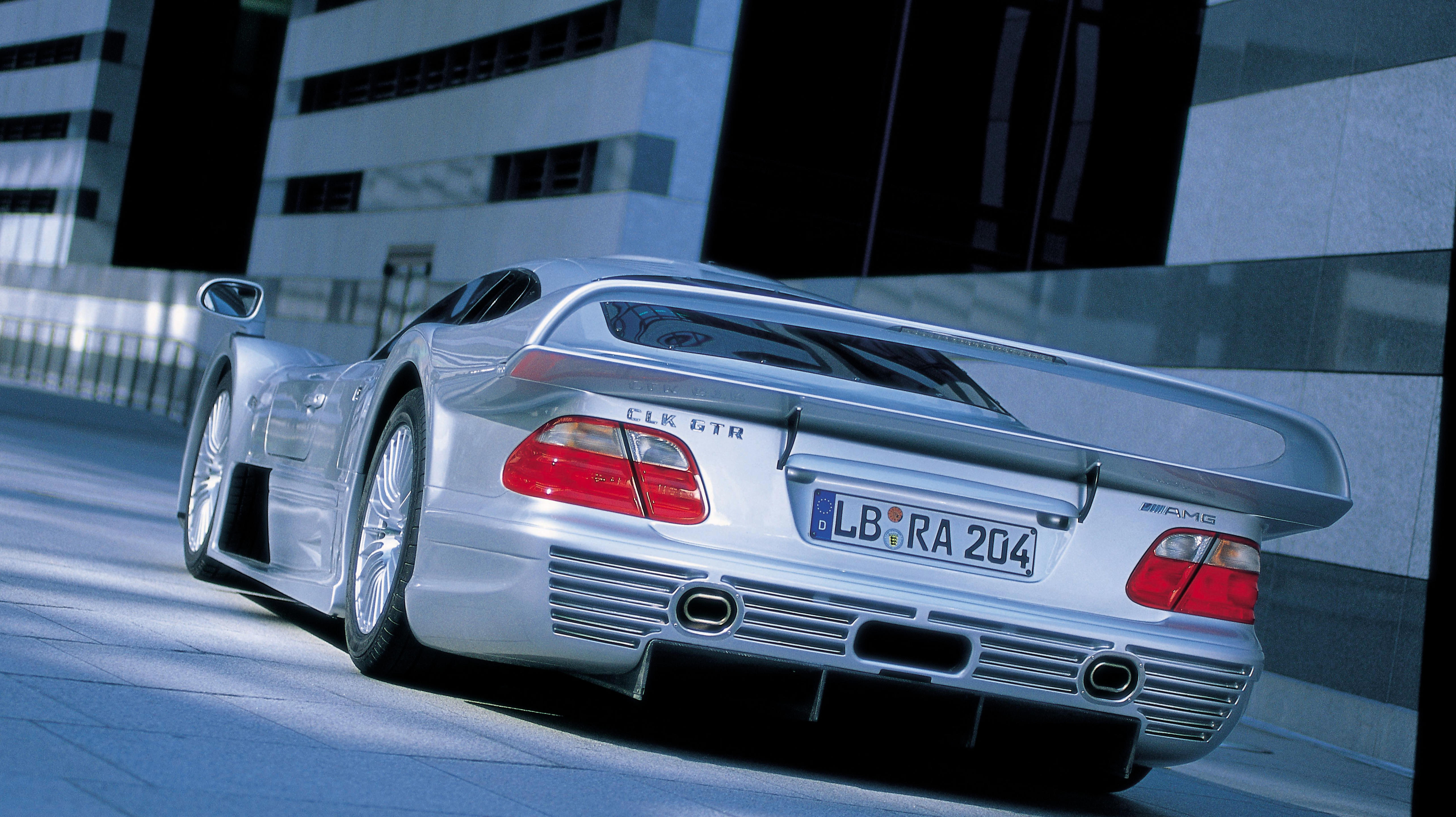

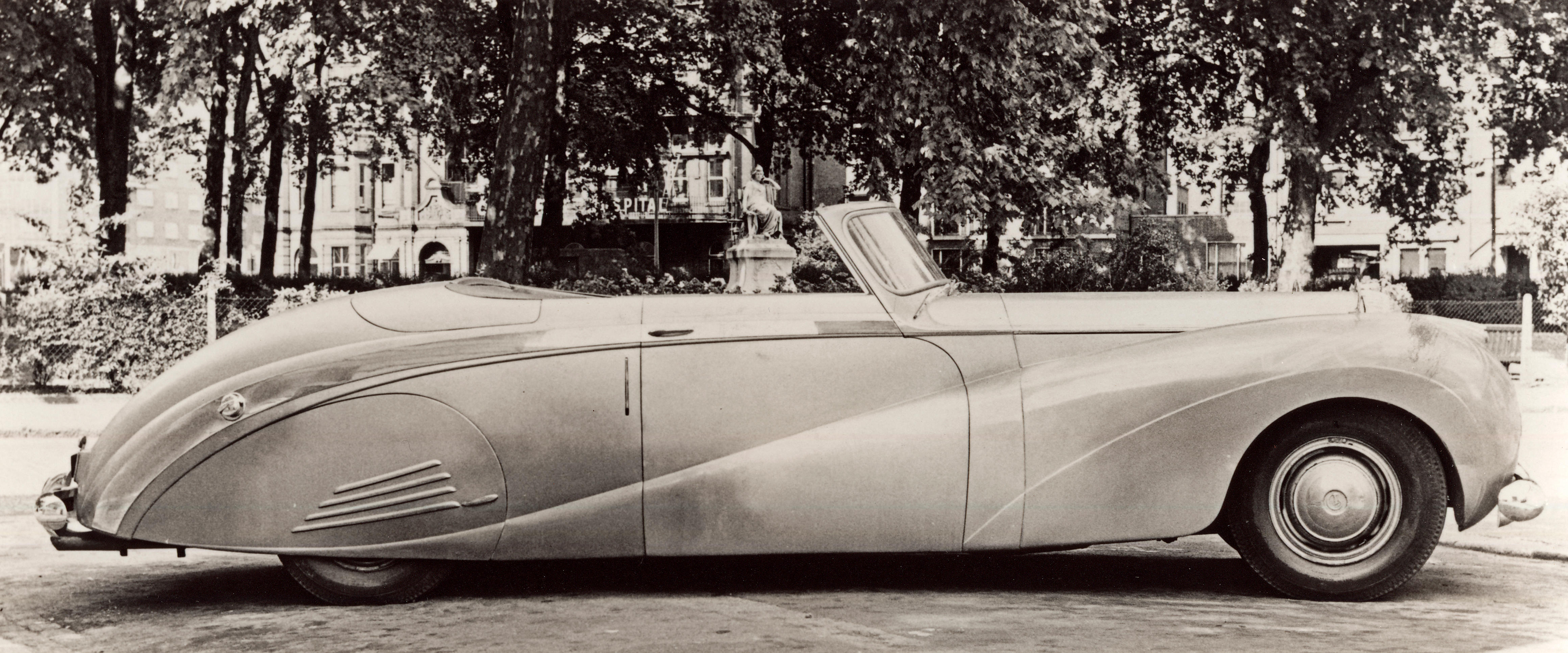
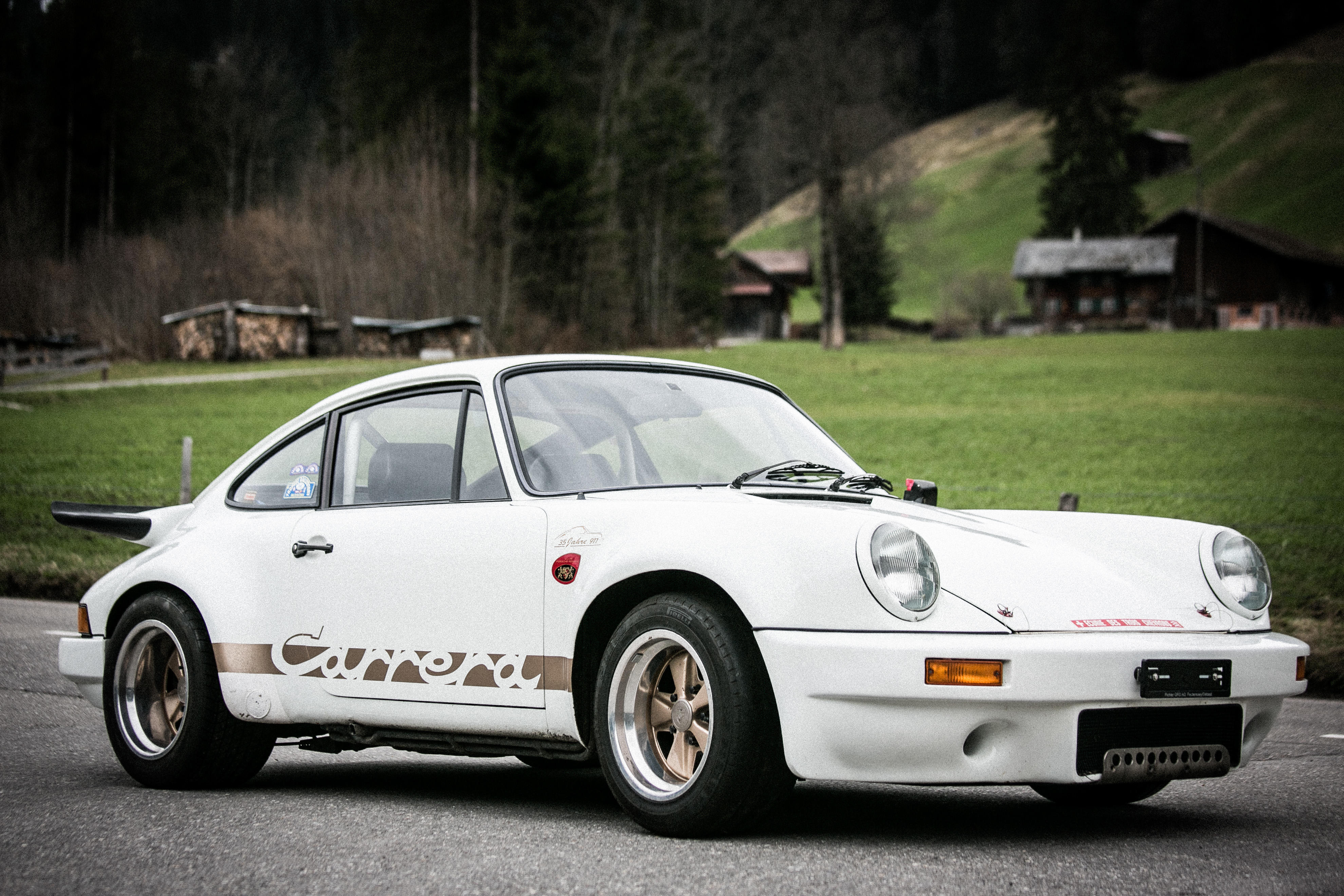





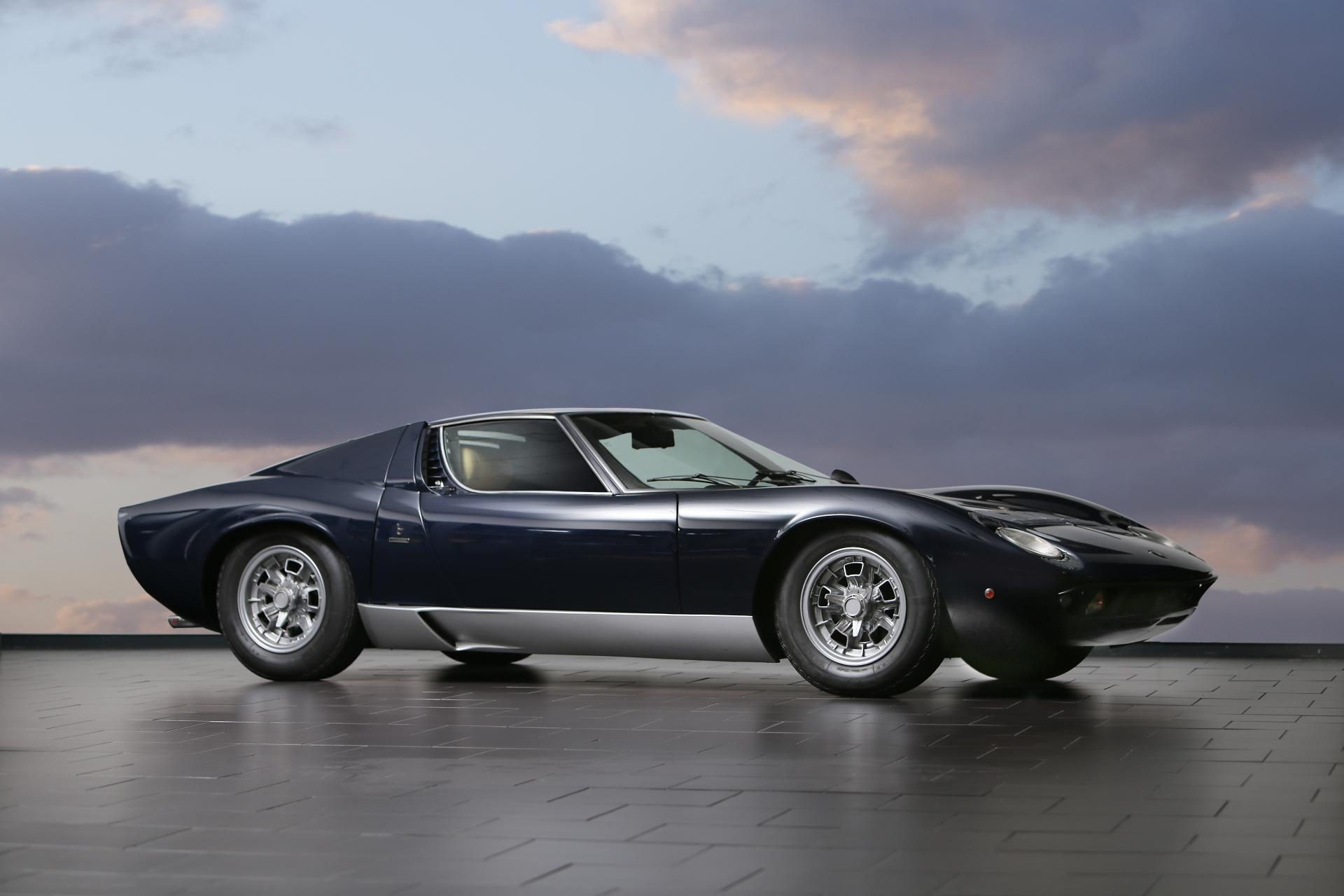
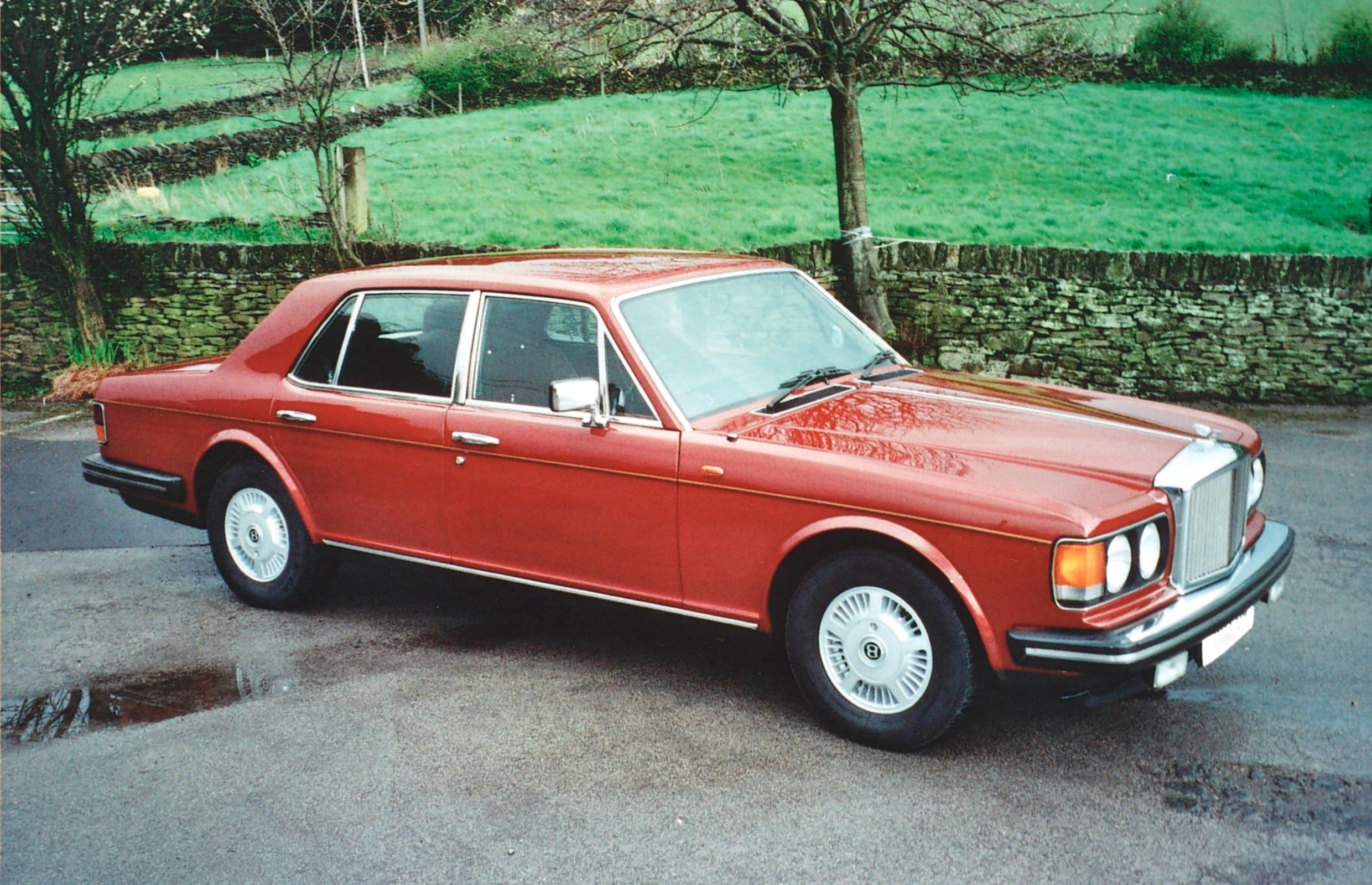
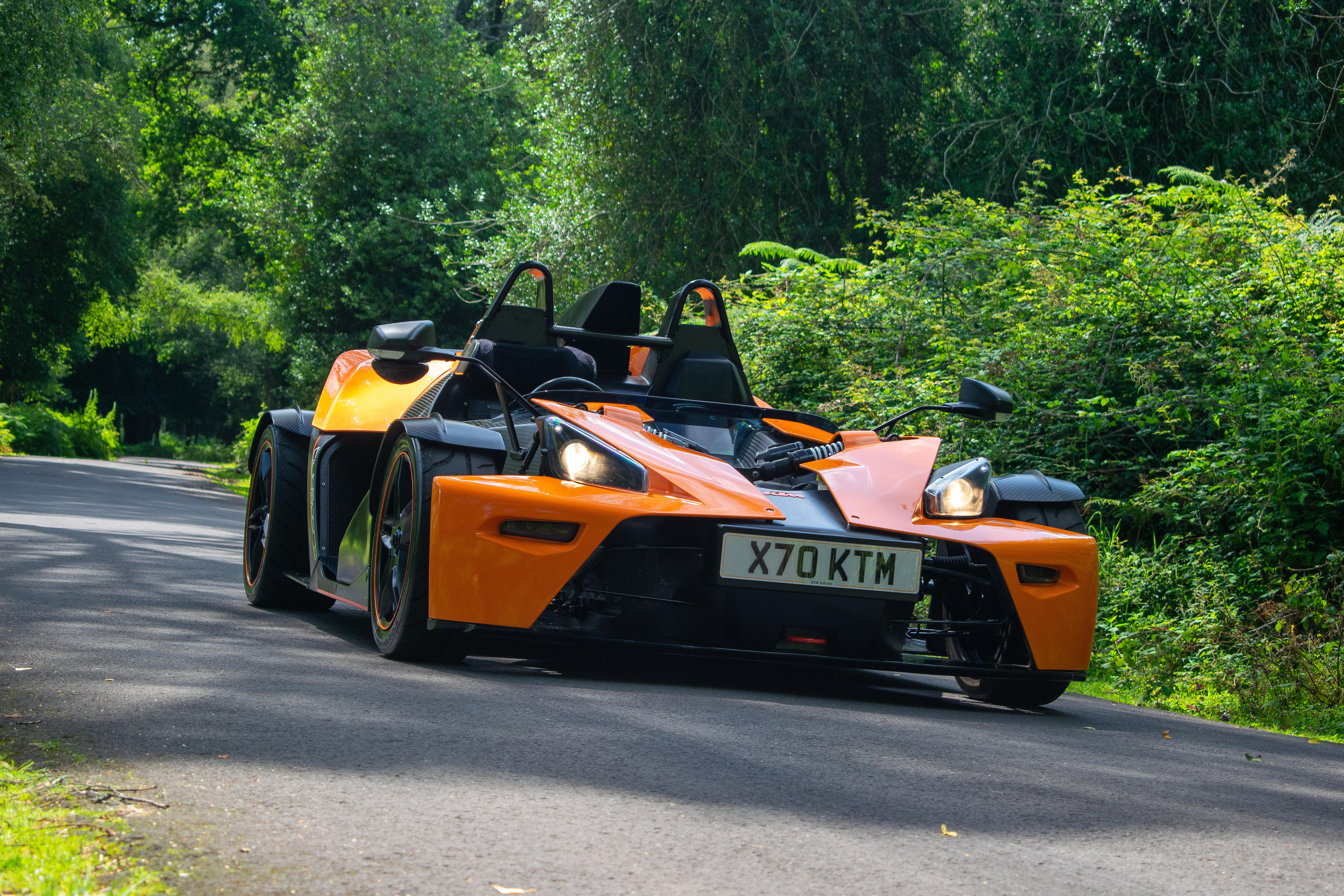
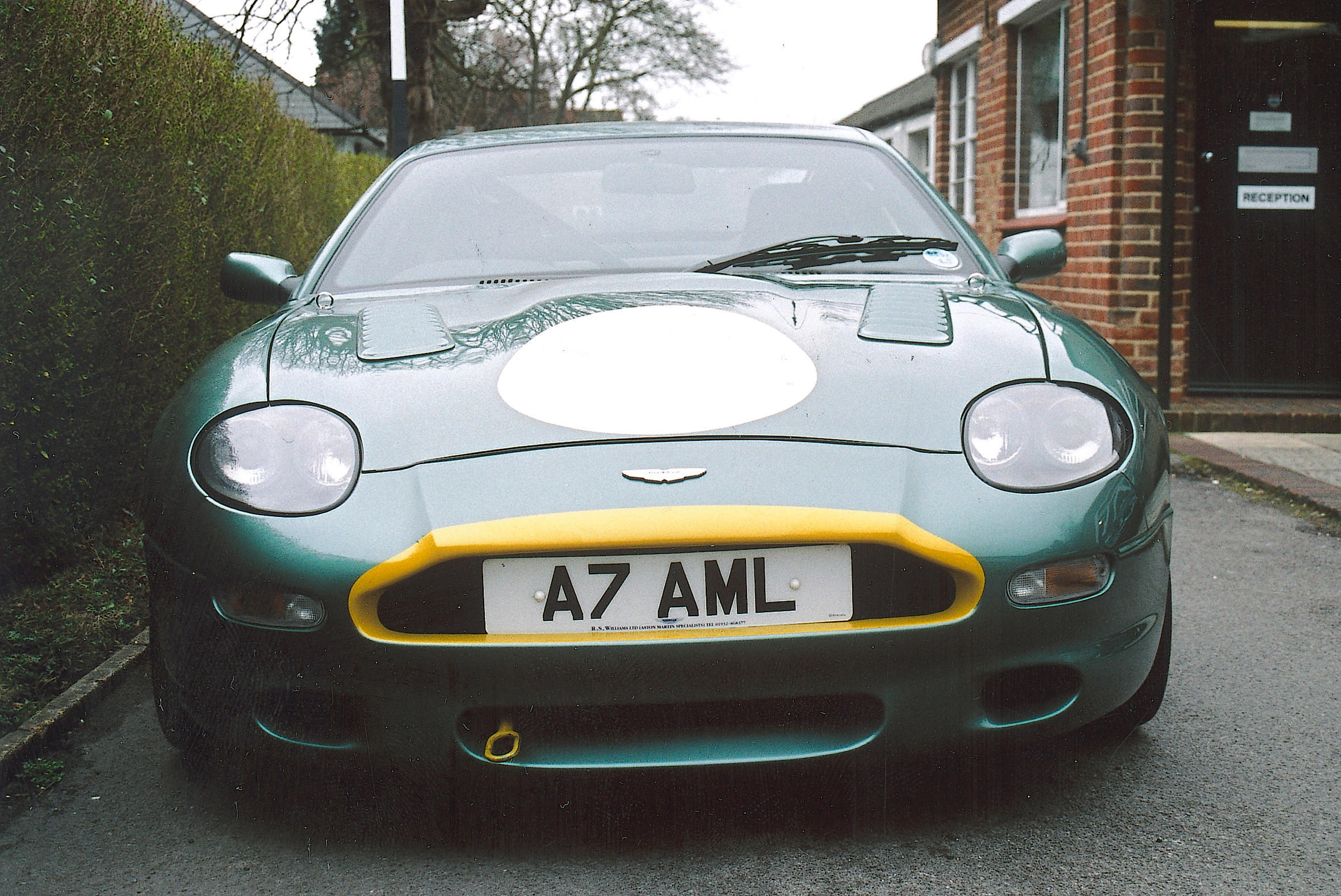

Try LotSearch and its premium features for 7 days - without any costs!
Be notified automatically about new items in upcoming auctions.
Create an alert